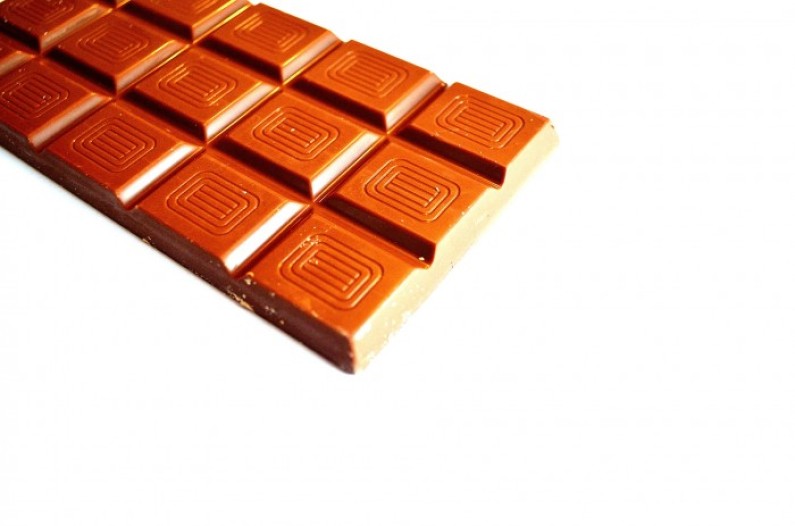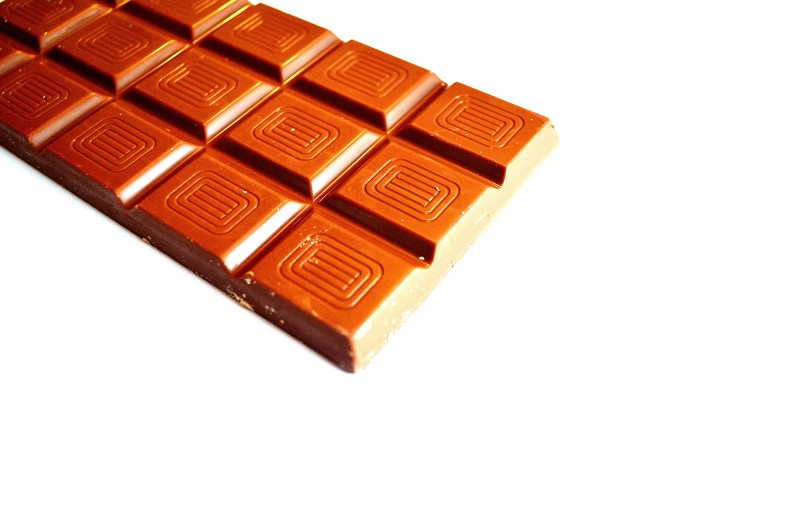

Chocolate makers now predict a deficit of two million metric tons of chocolate by 2030. The industry faces its longest lasting deficit in 50 years in a trend experts have predicted since 2010. “In twenty years, chocolate will be like caviar. It will become so rare and so expensive that the average Joe just won’t be able to afford it,” quoted NPR in 2010. We are right on schedule. As a result, consumers can expect to see less chocolate and higher prices in the grocery stores. This shortage might be just what the industry needs to turn itself around.
Chocolate, as we know it, originated in the Mezzo-American Mayan and Aztec civilizations, which most likely imported their cacao plants from modern-day Venezuela. While the average Joe used cacao in cooking, nobles and priests consumed the bulk of the crop in the form of drinking chocolate. The Spanish conquistadors brought cacao to Europe, where it remained the “food of the Gods,” fit only for nobility, much like caviar today.
With the industrialization of agriculture and growth of monoculture in the 20th century, both supply and demand of chocolate grew until even the average Joe could afford a Hershey’s bar on his lunch break. Rather than cultivating clusters of cacao trees in shaded rainforest areas as the Mayans had done, industrial plantation owners began growing whole open fields of cacao with the help of pesticides and child labor.
One open secret is that the price of cocoa, which is the product of cacao trees, has actually dropped 72 percent in recent decades. In 1980, cocoa sold for $3.75/kg, which is equal to $10.00/kg in 2013 dollars. In an attempt to reform the cocoa industry, the Ivory Coast instituted a minimum price of $1.50/kg in 2012. In 2013, cocoa sold for $2.80/kg.
The question remains if the price of cocoa has dropped, why the chocolate shortage and how to stop it? Environmental factors play a crucial role. Industrial cacao trees grow best in virgin soil. By taking steps against deforestation, the cocoa industry limits its own ability to expand cultivation of traditional cacao trees. Furthermore, various fungi, such as frosty pod, have wiped out an estimated 30-40 percent of cacao crops in West Africa, which is home to 70 percent of the world’s cacao plantations.
Two clear alternatives exist. One is to return to traditional cultivation via growing cacao in small clusters in rainforests in conjunction with complementary crops, such as coffee. This is the path taken by many fair trade producers and chocolate cooperatives, notably in Mexico and Central America. The other is to turn towards technology. Researchers in Central Africa are engineering a new cacao tree capable of producing cacao pods at seven times the current rate.
Economic factors play their part as well. Production costs make up only 30 percent of the price of a chocolate bar. The other 70 percent covers management, marketing, distribution, as well as the seeds of change. Nestle has pledged $120 million over ten years to developing high yield cacao trees. Cargill has established 1,200 field schools to teach improved agricultural skills to its farmers, including no child labor. These investments demonstrate how the current price of chocolate ensures the future of the industry.
The world is consuming more chocolate than it can produce, both in quantity and quality. Emerging markets, such as China, have increased the world’s aggregate demand for chocolate products, as more people than ever before have the means to consume luxury foods, such as chocolate. Moreover, the composition of that chocolate has changed over the past 20 years, as a result of an event affectionately known as the “Chocolate War.”
In 1994, France and Belgium advocated for a European Union standard that would require products to contain 50 percent cacao in order to be called chocolate. While the measure did not pass, a compromise required all chocolate products to list the percentage of cacao on their packaging. This resulted in an increased demand for dark chocolate, which are those products containing in excess of 70 percent cacao. Milk chocolate contains only 6-12 percent cacao. The higher the percentage of cacao, the higher the price of the chocolate will be. Since this ruling, Europeans and North Americans have consumed increasing amounts of cacao per person, which has added to the increasing world demand for chocolate.
Now, the chocolate bubble bursts–the world has more first-time chocolate consumers, just as each consumer demands more cacao. The current production model faces both environmental and economic threats. Therefore, two paths lay ahead–a return to historic production methods or a turn to technology and innovation. Either way, chocolate is destined to return to its origins as a luxury good.
Blog By Sara Gilman


